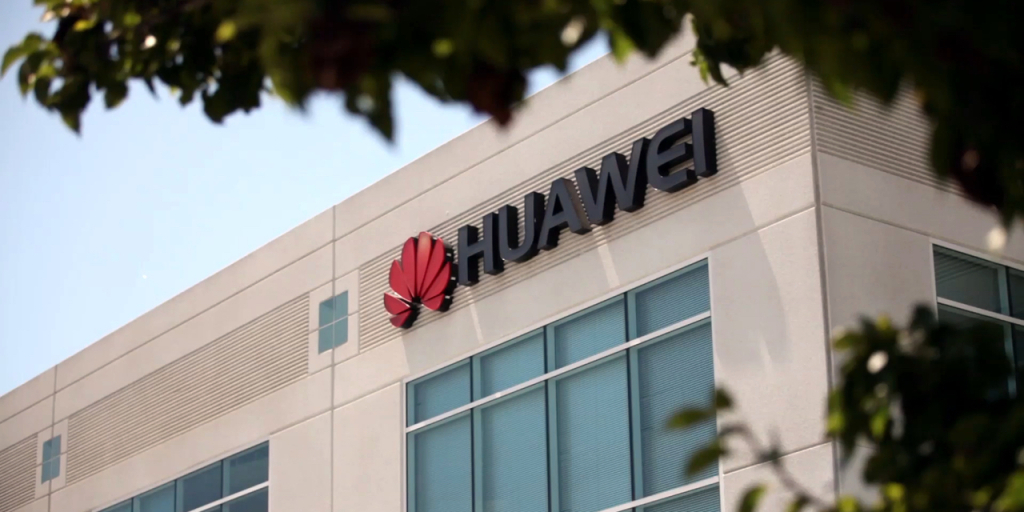Huawei filed a patent for technology that helps it make 7nm (or better) semiconductor chips
![]()
Reports state that Huawei has spent the past three years researching, developing, and sourcing technologies and components that are alternatives to American solutions. The company even confirmed that it has managed a breakthrough in the EUV lithography process with China’s National Intellectual Properties Administration. If its patent application is passed, Huawei may not have to rely on ASML, Samsung, or American technologies anymore to make advanced smartphone chipsets (<10nm).
However, things are not that simple. No one can confirm if Huawei can actually make an EUV lithography machine that has over 100,000 components. It requires collaboration and a huge supply chain for any brand to make sub-10nm chips. The company has been investing heavily in various firms that are involved in EDA (Electronic Design Automation), equipment, foundry, materials, packaging, and testing phases of a semiconductor chip. Only time will tell if Huawei can make 5G chips and smartphone SoCs on its own.
Despite all of this, Huawei may never be able to get back GMS (Google Mobile Services) on its smartphones and tablets, and without GMS, most people worldwide may never buy Huawei smartphones because then they won’t have official access to services like Gmail, Google Driver, Google Maps, Google Pay, Google Photos, and YouTube, on which people rely on every day.
Samsung doesn’t have anything immediate to worry about. Even if the company manages to make its own chips, growing concerns about data security on Chinese devices mean that customers may still prefer Samsung phones, especially in the western markets. But the South Korean firm should still focus on improving its technologies and products so that it can keep Huawei at bay in the future.


